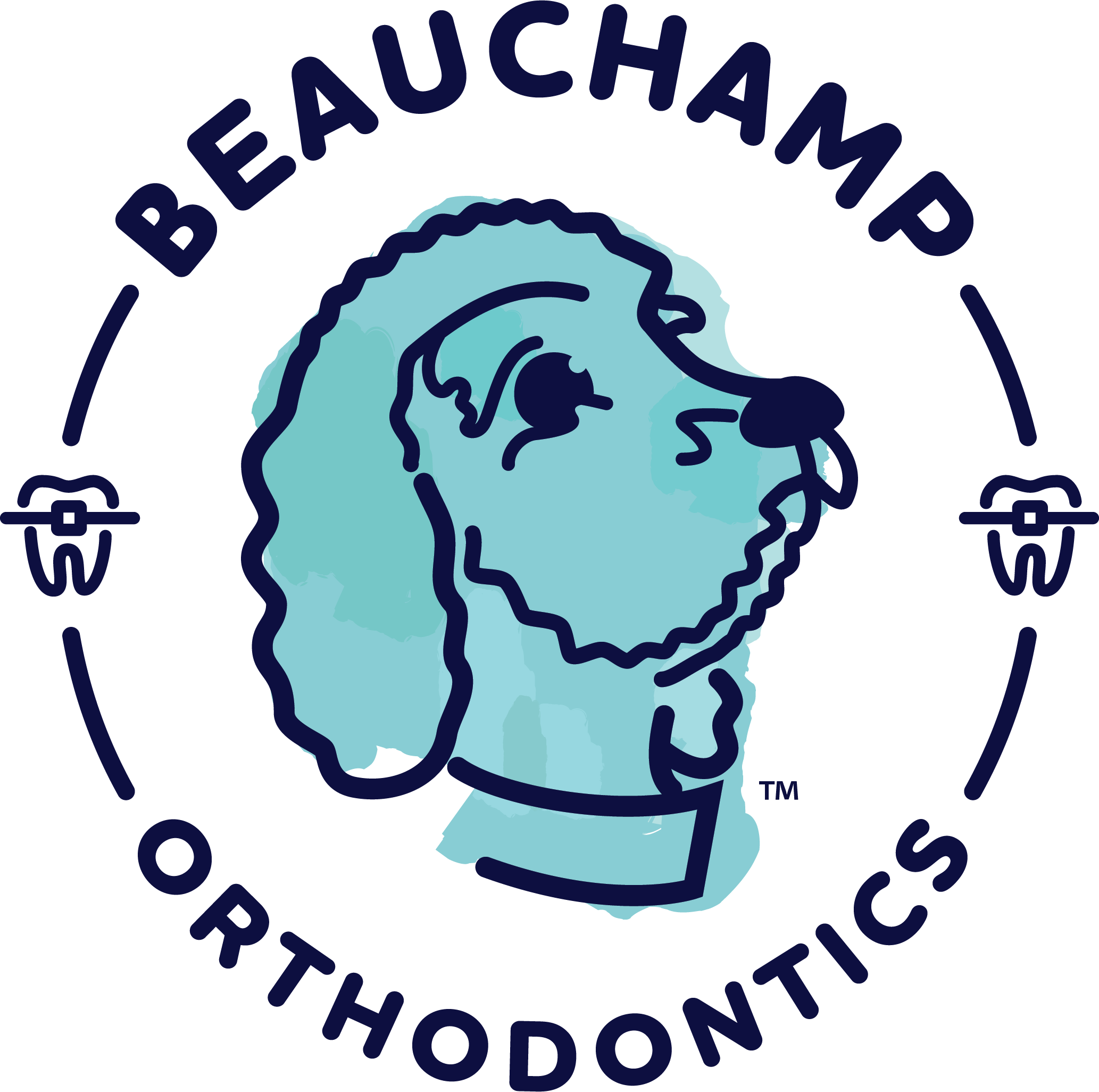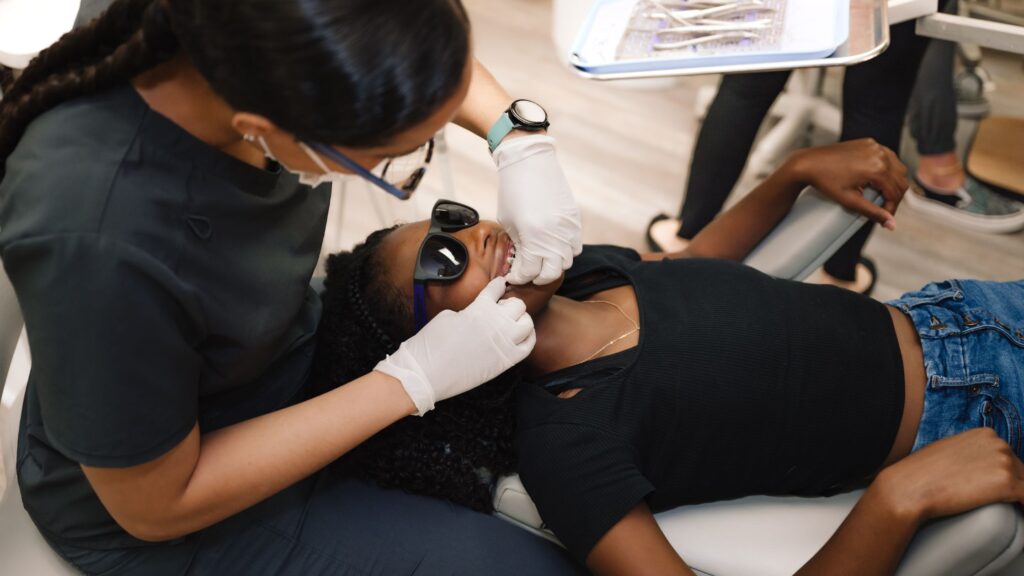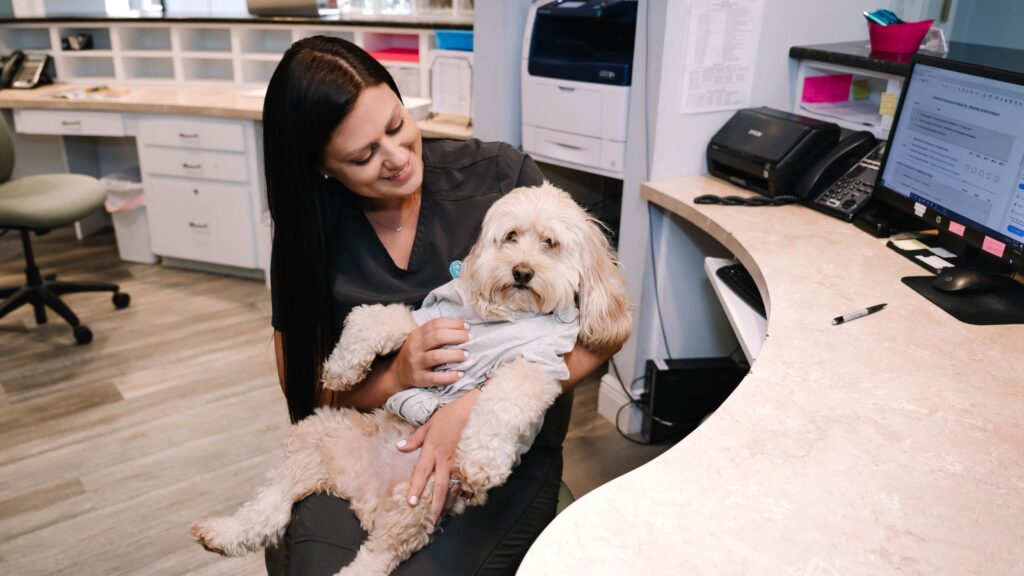After Halloween, Valentine’s Day is one of the biggest candy days of the year!
And while it’s unusual for teachers to pass out too much candy in October, Valentine’s Day often gets a nod with a themed event in elementary schools. As the big day approaches, it’s important to know just which types of candy are safest for a child with braces.
As a general rule, anything crunchy or sticky has the potential to cause issues with braces. Some foods should be avoided completely. Others can be enjoyed carefully depending on how they are prepared. In the case of candy, size and texture are the factors to look at.
The Difference Between Metal Braces and Clear Aligners for Valentine’s Day
Metal braces are the most common orthodontic treatment around. They have been trusted for many years to resolve tooth gaps and tooth alignment issues. Metal braces are also chosen in situations where the orthodontic problem is very severe. They deliver results quickly and effectively.
The younger children are when starting orthodontic treatment, the better. Starting sooner usually leads to a shorter course of treatment and easy, long-lasting results. But it does mean they may need to fight temptation when big holidays come along, and Valentine’s Day is one of them.
Candy can be troublesome with metal braces because of its potential to get underneath wires. That can cause them to bend or even break. While you can repair some braces problems at home, you may need to visit your Port Orange orthodontist for help.
Older teens are more likely to qualify for clear plastic aligners than other kids. This gives them a little bit more flexibility with their treatment. It is okay to take out plastic aligners for a few minutes to eat. Just be sure they are worn as directed, usually 20 hours a day or more.
Kids with clear aligners can eat just about any type of Valentine’s candy they want to, as long as they remember to brush and floss. Those with metal braces should be more choosy. It is a wise idea to allow kids to “trade” unused, fully wrapped candy so those with braces don’t feel left out.
The Most Common Valentine’s Day Candies and Which Ones to Avoid
Candy comes in a wide variety of sizes and textures. Like Forrest Gump once said, “you never know what you’re gonna get.” Still, there are a few different types of candy that have become strongly associated with Valentine’s Day. It’s easy to know whether or not these are okay for braces.
1. Classic Valentine’s Day Hearts
Everyone knows the Valentine’s Day “heart” candy, which usually includes phrases like “B MINE” and “LOVE U.” The most common brand is Necco’s Sweethearts, and they’ve actually been around since 1866. They are mostly sugar, corn syrup, gelatin, and gums, with a little bit of flavoring mixed in.
A kid who has braces should avoid crunching on hard candies. They can still enjoy Sweethearts and similar candy if they are dissolved in the mouth rather than chewed. Since these candies are relatively small, they are not as big a risk as some other treats you’re sure to encounter.
2. Sweet Tarts, Jolly Ranchers, Smarties, and Other Hard Candies
Other hard candies follow all of the same rules above. Kids should be encouraged to avoid crunching them and should definitely not eat a handful at a time. Luckily, most of these candies are also designed to melt after a little while. This is the safest way to enjoy the flavor while still protecting the braces.
3. Semi-Firm Chocolates Without Nuts (Kit Kats, Reese’s Cups, Hershey’s Bars, etc.)
“Semi-firm” chocolates aren’t sticky and are unlikely to get stuck in braces’ wires or bands. Still, there are a few caveats. No matter what the texture of the chocolate is, you should avoid any that include peanuts, almonds, hazelnuts, or any other kinds of nuts.
Despite their soft candy shell, plain M&Ms are usually okay when enjoyed in moderation.
After enjoying semi-firm chocolates, be sure kids brush as soon as possible. If they can’t brush right away, they should have a glass of water or rinse with a fluoridated mouthwash. Both these options provide a little extra protection against bacterial growth.
4. Sticky Candies (Tootsie Roll, Caramels, Soft Butterscotch)
These candies should be avoided at all times for wearers of braces. They easily become lodged in dental work and there is no way to enjoy them safely. They generally won’t melt on their own and it’s definitely not wise to try to swallow them down. Put these aside for next year or trade them for something better.
5. Valentine’s Day Chocolates (Ferrero Rocher and Other Boxed Varieties)
Avoid Ferrero Rocher and other types of candy with nuts. Variety chocolate packs should only be enjoyed with adult supervision, as it is hard to tell which types will be very sticky and might be hazardous to braces. Kids with braces should only have these if they have removed any options that could cause issues.
6. Chewing Gum
Chewing gum should be avoided. Kids who like gum may promise that they’ll chew it carefully, but gum can be unpredictable, especially once it has been chewed for a while. Save those juicy chewing and bubble gums for another year.
7. Lollipops
Lollipops can be an okay selection for Valentine’s Day if they are licked, not crunched. We all know how tough it can be to avoid that temptation, so make sure your kid can handle the responsibility before allowing lollipops to become part of their Valentine’s festivities.
What to Do After Enjoying Valentine’s Day Candies
Once the excitement is all over, encourage kids to brush before the sugar rush kicks in. Generally, the sooner you can brush after eating, the better. Only wait to brush if you have had acidic foods, such as citrus. Brushing these off too soon can harm enamel, so drink a glass of water and wait 20 minutes.
Most young kids haven’t built a habit of flossing yet. Still, this is a good idea to model the habit for them. Candy can easily get caught between teeth. Teeth with gaps are especially vulnerable to a build-up of plaque that can be hard to reach. Unless this is disrupted early, it has to be cleaned out at the dentist.
To reduce the dental health effects of candy, try to make sure kids don’t pair their newfound candy haul with sugary drinks. Encouraging them to drink water will help keep teeth enamel clear of the sugar that powers bacterial growth. Remember, most fruit juices have lots of added sugar, too.
When it comes to your teeth and gums, water is the best beverage you can have.
If bands or wires break or become loose after Valentine’s Day, get in touch with your Port Orange orthodontist before you decide what to do. Dr. Beauchamp is happy to help – we understand that having candy is just part of being a kid.
Call us at (386) 761-5440 or schedule your consultation online.



